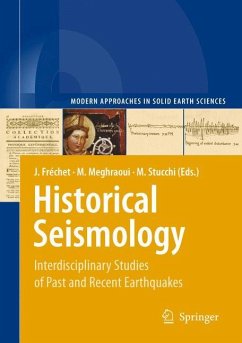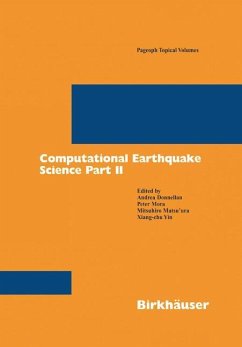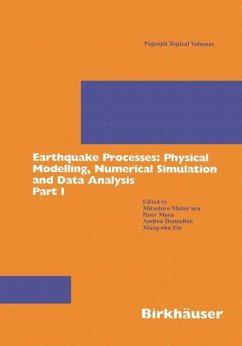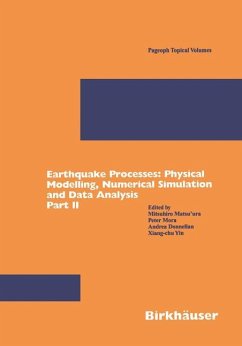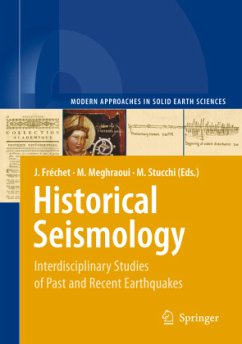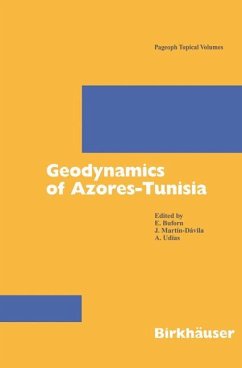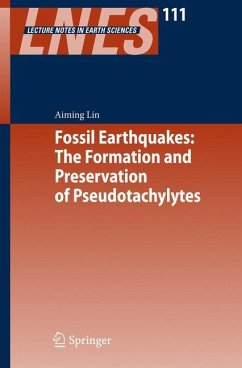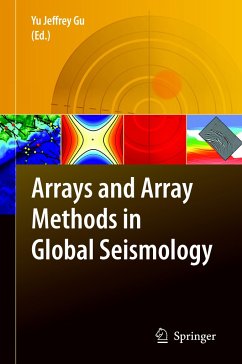
Microearthquake Seismology and Seismotectonics of South Asia
Versandkostenfrei!
Versandfertig in 6-10 Tagen
151,99 €
inkl. MwSt.
Weitere Ausgaben:

PAYBACK Punkte
76 °P sammeln!
Hardly a week passes without our learning of natural geologic disaster somewhere in the world, be it a volcanic eruption, landslide, or destructive earthquake. The prominent public notice given to such events is not only the result of better communications, but also results from the increased impact of these events on a growing human population. In recent years, the population has increased greatly in regions of active tectonics. Northern India and the surrounding areas are prime examples. The consequence is that people and their man-made structures are concentrated close to active faults and ...
Hardly a week passes without our learning of natural geologic disaster somewhere in the world, be it a volcanic eruption, landslide, or destructive earthquake. The prominent public notice given to such events is not only the result of better communications, but also results from the increased impact of these events on a growing human population. In recent years, the population has increased greatly in regions of active tectonics. Northern India and the surrounding areas are prime examples. The consequence is that people and their man-made structures are concentrated close to active faults and steep, landslide-prone terrains. In just the past several years, even moderate earthquakes with seismic magnitudes less than 6. 5 have killed as many as 20,000 people precisely because these earthquakes occurred directly beneath population centres in central India. The greater Himalayan region, including the Ganges Plain, is a prime example of the coexistence of a pronounced geological hazard with a growing human population. Due in part to the spectacular topography, the region has long attracted scientific investigations, and may be considered as the birthplace of modern studies of earthquake hazards. R. D. Oldham (1858-1936) of the Geological Survey of India played a prominent role in the development of modern studies of historical seismicity, active faulting and seismic wave analysis. Oldham published extensively on the earthquakes and the geology of India, including his report entitled "Catalogue of Indian earthquakes from the earliest time to the end of A. D. 1869" (Mem. Geol. Surv.






